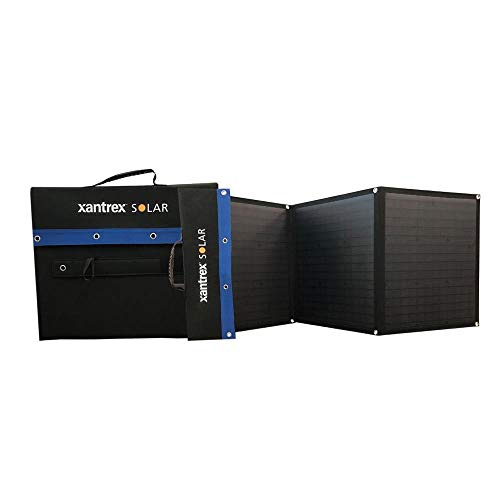fishwithpeter
New member
I have been living in Montana and throughout the Rocky Mountains for a lond time. Now that I'm retired I finally went south for the winter. I used my old pop-up camper and really enjoyed the warm weather all winter long. It was a rough winter in Montana this past year so I'm glad I missed it. The winter in Ehrenburg,AZ was delightful. I used my little boat in the backwaters off the Colorado river and even caught a few fish. The pop-up trailer was adequate for the moderate weather but I intend to build a foamy teardrop that will be easier to heat. I am wondering if anyone else has tried to build a foamy and might have some experience to share. I'm an old time maker and I have some ideas but probably enough to dead end at some point.
So far I have purchased a 7x14 flatbed that wieghed in at 1,000 lbs. I stipped the wood deck out and then removed the rear ramp. I cut off a railing that didn't seem needed and that brought the weight down to 500 lbs. I sanded the frame and repainted everything. I built an insulated subfloor and the next step will be to build the side walls. I'm currently experimenting with the composite wall construction. I'm using 1-1/2" pink ridgid foam sheets with 5mm Revolution paneling for the interior surface and FRP(fiberglass reinforced panels) for the exterior. I used Great Stuff spray foam to do a mock up and it worked well. I am amazed at how strong the composite panel is. The Great stuff spray foam is messy so I am going to try Foam Fusion glue next. I saw a video on Glidden Gripper and will try that as well.
If this build is of interest and I get some response I would like to post pictures and share the process. I'm hopeful that someone will be able to help out with ideas if I get going down the wrong path. I have a lot of experience and I'm an adventurous builder. This is going to be a fun project. Let me know if you want to follow along and throw your 2 cents in. ~fishwithpeter
So far I have purchased a 7x14 flatbed that wieghed in at 1,000 lbs. I stipped the wood deck out and then removed the rear ramp. I cut off a railing that didn't seem needed and that brought the weight down to 500 lbs. I sanded the frame and repainted everything. I built an insulated subfloor and the next step will be to build the side walls. I'm currently experimenting with the composite wall construction. I'm using 1-1/2" pink ridgid foam sheets with 5mm Revolution paneling for the interior surface and FRP(fiberglass reinforced panels) for the exterior. I used Great Stuff spray foam to do a mock up and it worked well. I am amazed at how strong the composite panel is. The Great stuff spray foam is messy so I am going to try Foam Fusion glue next. I saw a video on Glidden Gripper and will try that as well.
If this build is of interest and I get some response I would like to post pictures and share the process. I'm hopeful that someone will be able to help out with ideas if I get going down the wrong path. I have a lot of experience and I'm an adventurous builder. This is going to be a fun project. Let me know if you want to follow along and throw your 2 cents in. ~fishwithpeter




























































